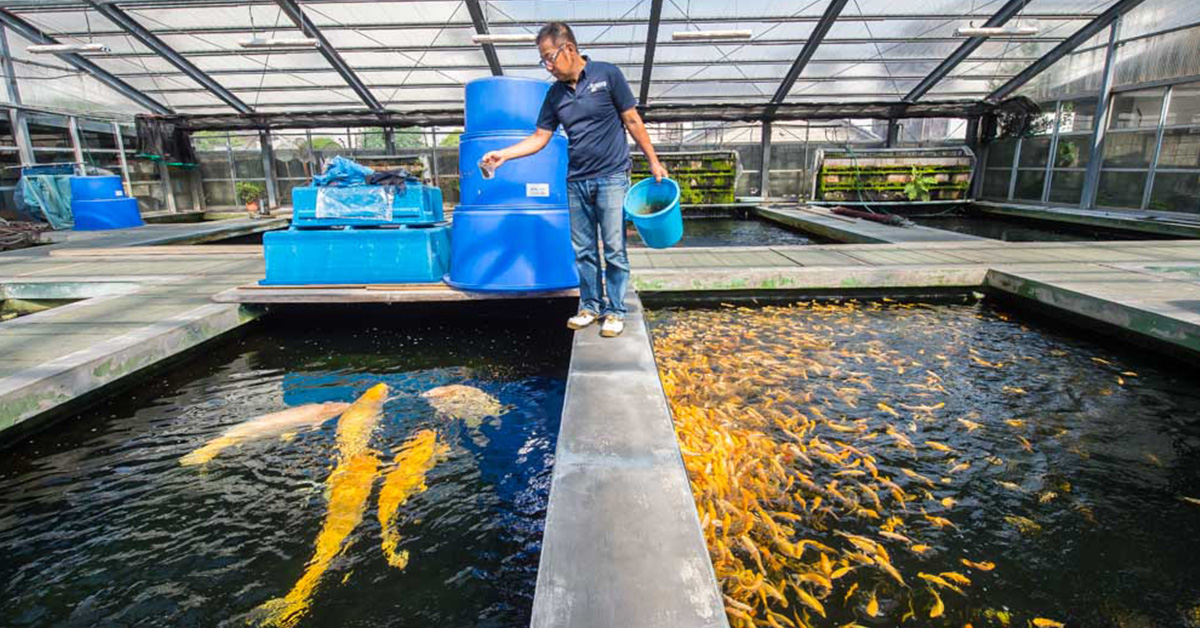
In this article we will cover the very important topic of pond water quality management.
We’ll discover a variety of products, methods, and approaches that will empower you to enhance your understanding and evolve into adept pond enthusiasts. The insights shared here encompass thoroughly proven products and techniques derived from our extensive years of firsthand experience in managing our own pond.
Our selection of pond water testing kits include digital options designed to help us consistently monitor and maintain optimal levels of ammonia, nitrates, and pH. By doing so, we can safeguard our exquisite koi from harmful compounds in the water. As the top importer of Japanese Koi to the USA, we are most concerned with the health of koi, but pond testing and management techniques work great for ponds without koi too!
The Significance of Pond Water Testing, Management, and Effective Maintenance
Pond water testing, management, and effective maintenance are crucial aspects of maintaining a healthy and balanced aquatic ecosystem. Ponds can serve various purposes, such as decorative landscaping, fish rearing, water supply, and recreational activities. To ensure the pond’s long-term health and functionality, regular testing, proper management practices, and maintenance routines are essential. Here’s why each of these aspects is significant.
Pond Water Testing
Regular water testing is essential and the most important method to assess the quality and health of the pond’s water.
Pond water testing involves analyzing various parameters such as pH, temperature, dissolved oxygen levels, ammonia, nitrate, nitrite levels, and phosphate levels.
These parameters provide insight into the overall water quality and the condition of the pond. Imbalances in these parameters can lead to issues such as algae blooms, fish stress or mortality, and overall degradation of the ecosystem.
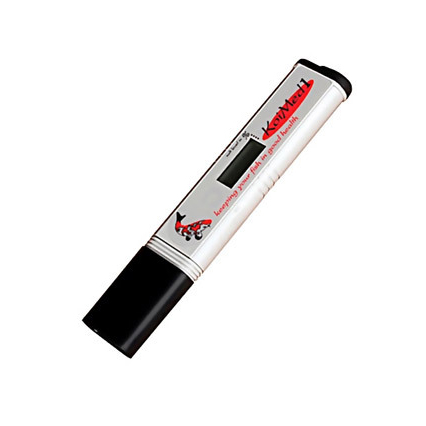
Effective Maintenance of Pond Water
Regular maintenance tasks are vital to keep the pond functioning optimally:
- Debris Removal: Regularly remove fallen leaves, branches, and other organic matter from the pond to prevent nutrient buildup and decay, which can degrade water quality.
- Algae Management: Algae growth is natural in ponds, but excessive algae blooms can disrupt the ecosystem. Physical removal, biological controls (e.g., introducing beneficial bacteria), and nutrient management can help control algae growth.
- Water Exchange: Periodic partial water exchanges can help dilute accumulated pollutants and maintain water quality. However, this should be done carefully to avoid disturbing the ecosystem balance.
Pond Management Techniques
Effective pond management involves a combination of techniques to create a balanced ecosystem and prevent or mitigate problems. Key management practices include:
- Aeration: Proper aeration helps maintain adequate oxygen levels in the water, which is essential for the survival of aquatic life and the prevention of anaerobic conditions that can lead to foul odors and poor water quality.
- Plant Management: Aquatic plants play a crucial role in maintaining water quality by absorbing excess nutrients and providing habitat for aquatic organisms. Properly managing the balance between submerged, emergent, and floating plants can prevent overgrowth and imbalances in the ecosystem.
- Nutrient Control: Excessive nutrients (such as nitrogen and phosphorus) can lead to overgrowth of algae and aquatic plants, causing imbalances in the ecosystem. Implementing strategies to control nutrient inputs, such as reducing runoff from fertilized areas and managing livestock waste, can help maintain water quality.
- Fish Population Control: Overstocking the pond with fish can lead to competition for resources, increased waste production, and stress-related issues. Maintaining an appropriate fish population relative to the pond’s size and nutrient capacity is essential for the overall health of the ecosystem.
Proper Steps in Monitoring and Testing your Pond Water
Monitoring and testing your pond water is essential to maintaining a healthy and balanced aquatic ecosystem.
Here’s a step-by-step guide to help you effectively monitor and test your pond water:
- Establish a testing schedule based on pond size and usage.
- Gather appropriate testing equipment, from basic to comprehensive kits.
- Perform tests for pH, ammonia, nitrite, nitrate, dissolved oxygen, and other relevant parameters.
- Record and analyze results, comparing them to recommended ranges.
- Take actions based on results: adjust pH, manage nutrients, aerate, etc.
- Implement management practices like aeration, plant control, and fish management.
- Regularly perform maintenance tasks such as debris removal and filter cleaning.
- Continuously monitor and adjust practices as needed.
- Consult a professional if persistent issues arise.
Regular testing, analysis, and proactive supervision will guarantee the flourishing of your pond ecosystem. Whenever in need, consider consulting experts like us. We’re delighted to offer our insights and provide products that can be beneficial to fellow enthusiasts of Ponds and Koi, just like you.
Explore our range of pond water testing kits and discover the diverse selection of testing kits that could potentially meet your pond’s specific needs.
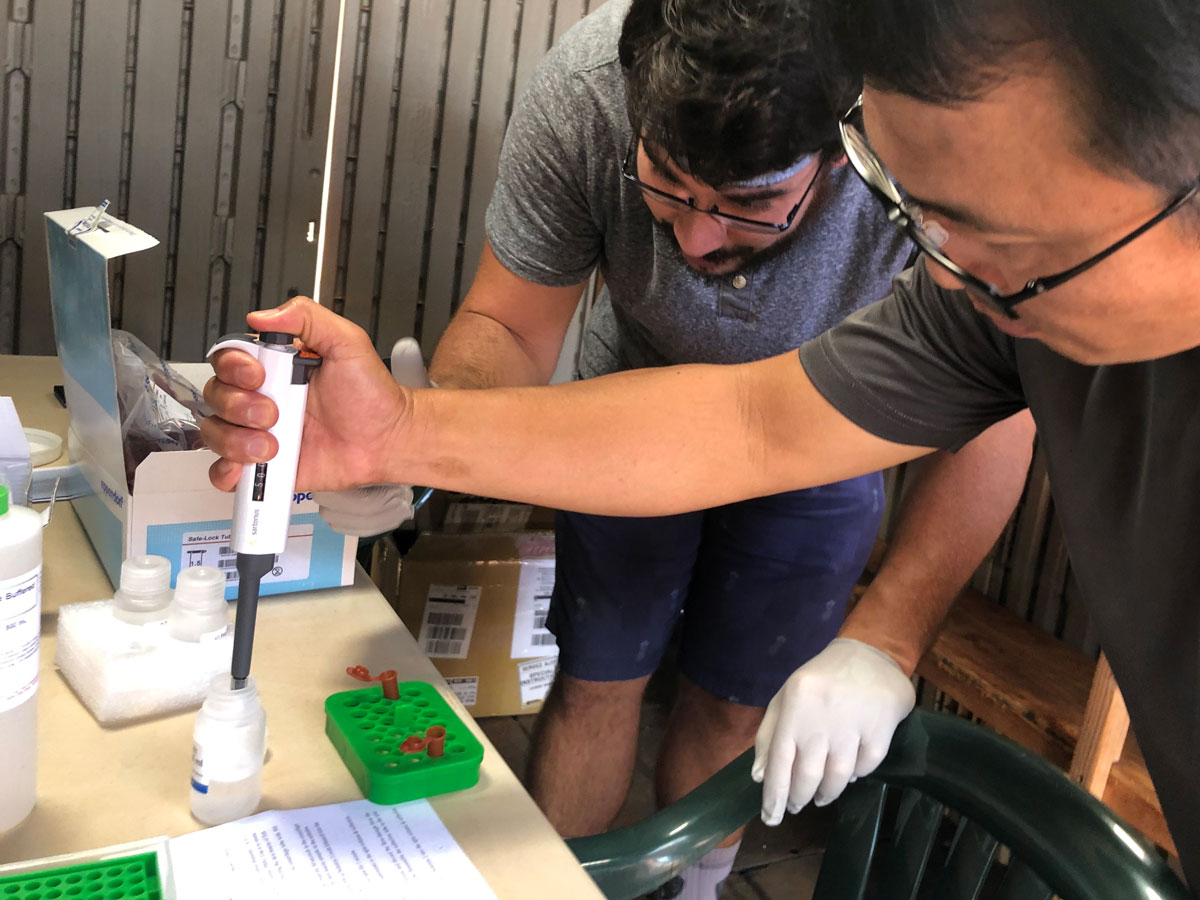
The Impact of Infrequent Water Testing on Your Pond and Koi
Infrequent water testing harms pond health. Regular monitoring is crucial to prevent poor water quality, ecosystem imbalances, fish death, and delayed problem detection. It aids in effective management, reduces costs, and protects aquatic life. Don’t miss out on opportunities to maintain a thriving pond ecosystem and don’t let all your koi or other water friends down by slacking on your duties to maintain the system.
Here’s why regular monitoring matters and the potential consequences of infrequent water testing.
- Poor Water Quality: Without regular testing, you may not be aware of changes in key parameters such as pH, ammonia, nitrite, nitrate, and dissolved oxygen. Poor water quality can lead to stressed or unhealthy fish, algae blooms, foul odors, and even fish kills.
- Imbalanced Ecosystem: Infrequent testing can result in imbalances within the pond ecosystem. Elevated nutrient levels, for example, can lead to excessive algae growth, which competes with aquatic plants for resources and depletes oxygen when it decomposes.
- Delayed Problem Detection: Issues within the pond ecosystem can develop slowly over time. Without regular testing, you might not notice problems until they’ve reached a critical stage. Early detection allows you to address problems before they escalate.
- Difficulty in Identifying Trends: Regular monitoring provides a history of parameter trends. Infrequent testing can make it challenging to identify patterns or changes that could indicate underlying issues, such as seasonal variations or increasing nutrient levels.
- Ineffective Management: Proper pond management relies on accurate data. Without frequent testing, your management strategies might be based on assumptions rather than actual conditions. This can lead to ineffective or even counterproductive efforts.
- Increased Maintenance Costs: If you only discover problems when they are severe, addressing them might require more intensive and costly interventions. Regular monitoring helps catch issues early, reducing the need for drastic measures.
- Risk to Aquatic Life: Fish, plants, and other aquatic organisms rely on stable water conditions. Infrequent testing can expose them to sudden changes in water quality that could harm or stress them.
- Degraded Aesthetics and Recreation: Poor water quality can impact the visual appeal of your pond, with unsightly algae blooms or foul odors. Additionally, if the pond is used for recreational purposes, such as fishing or swimming, water quality issues can affect the enjoyment and safety of these activities.
- Missed Opportunities for Improvement: Regular monitoring allows you to track the effects of any management changes you make and determine their effectiveness. Without this information, you might miss opportunities to optimize the pond’s health.
Water Quality Testing Kits Used for True Peace of Mind
With a wealth of experience and expert knowledge, Kodama Koi Supply introduces a carefully curated range of water quality testing kits that set a new standard for excellence.
Far more than mere instruments, the Top Kodama recommended Water Quality Testing Kits embody a chapter of Mr. Kodama’s remarkable journey – one that propelled him to become a globally renowned champion koi breeder and a distinguished provider of top-tier Koi and Pond Products.
Here is our favorite automated and intelligent pond monitoring system:
Seneye USB Pond Pack
Seneye Pond systems offer an intelligent monitoring solution for ponds, specifically targeting fish health and pond conditions.
It utilizes automated software to continuously track pond parameters, alerting users of potential issues before they escalate. The system safeguards fish by detecting harmful factors like ammonia levels, pH imbalances, and temperature fluctuations. Seneye devices are versatile with USB connectivity, enabling placement within filters or floating in ponds.
An Active Extension accessory extends cable reach up to 17.5m. The Seneye Pond Pack is adaptable for ponds of various sizes.
The system requires a Windows PC with network capabilities, USB 1.0 port, minimum 1Ghz processor, 128mb RAM, and a compatible internet browser for accessing the seneye connect application from their website.
- Seneye Web Server & WiFi Module – The Seneye web server with WiFi module eliminates the need for a PC and enables wireless connectivity between your Seneye device and router/modem. Alternatively, an Ethernet over power module can be used. Automatic uploads ensure faster and more stable data transmission, including extra alerts for power or connection issues. The web server facilitates direct data uploads from Seneye home, reef, or pond devices without requiring a PC at home. Access to your readings is possible from a computer, tablet, or smartphone globally via the Seneye cloud. To extend device connectivity up to 25 meters, you can use the uniquely designed weatherproof cover, protecting the connection with the Seneye device and the Active Extension Cable from environmental elements, allowing outdoor use.
- Seneye Pond Monitoring System – The Seneye Pond Monitoring System automatically tests multiple life critical parameters and is compatible with any sized pond so you can use these anywhere. This monitoring system is very easy to in stall – simply float the system in your pond or place a inside a filter if you have one. The Seneye Pond Monitoring System is constantly updating and will send alerts if it notices any problems in your pond. You can chose how to get these alerts with either flashing lights, e-mail, or SMS text message.
Consistent Maintenance is Key to Success
Maintaining proper water quality in your koi pond through regular testing and appropriate adjustments is crucial for the health and well-being of your fish. Remember that koi are sensitive to water conditions, so staying proactive in pond management is key to keeping them happy and thriving. Use our pond water testing kits or our digital water testing kits to ensure you are always keeping our ammonia, nitrates, and PH levels in check and protecting your beautiful koi from toxic compounds in the water. Learn more and buy pond management technology on Kodamakoisupply.com
As we often mention, please get in touch with our team via contact form, email, or leave a comment below.

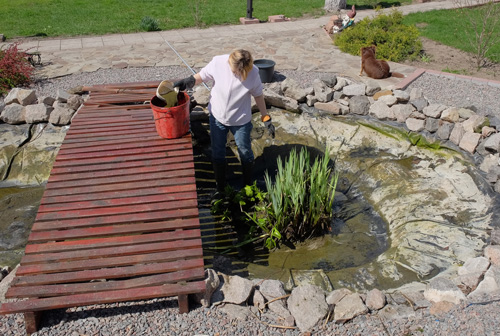
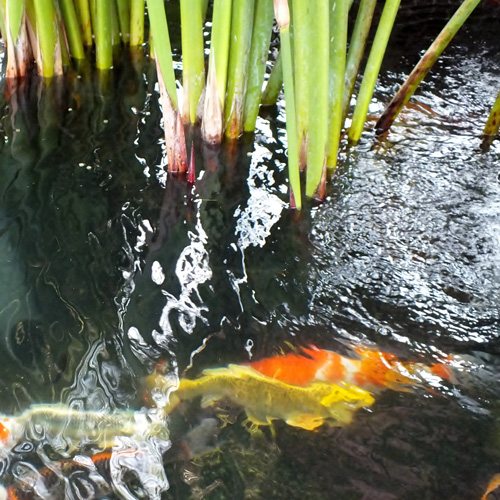
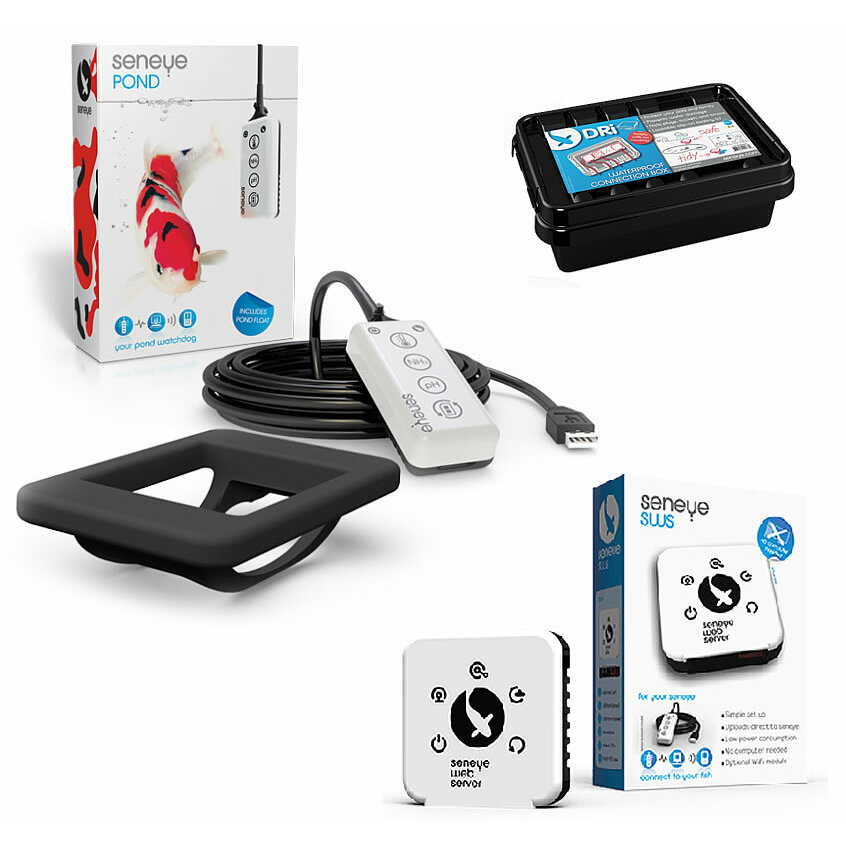
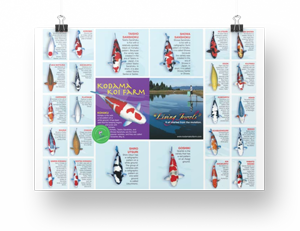

Hi I love watching and reading all you have and would love to learn absolutely everything. I run a Koi Rescue in the UK called Gloucester Koi Rescue and come across every parasite and various issues etc here’s my page https:// m.facebook.com/104187838701674/